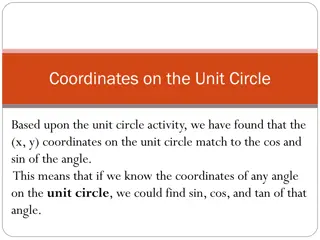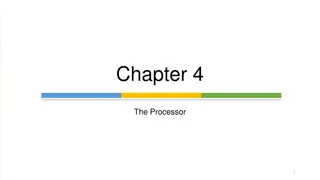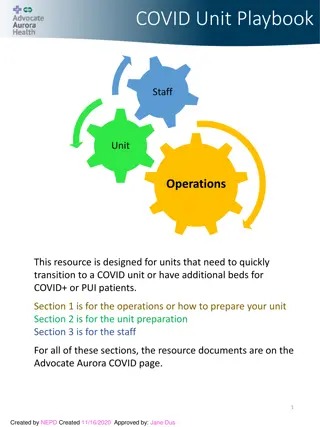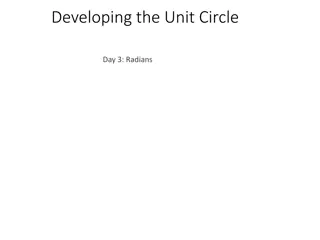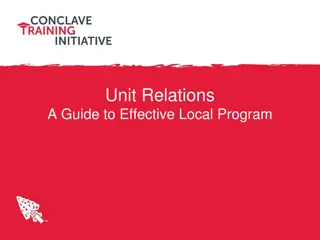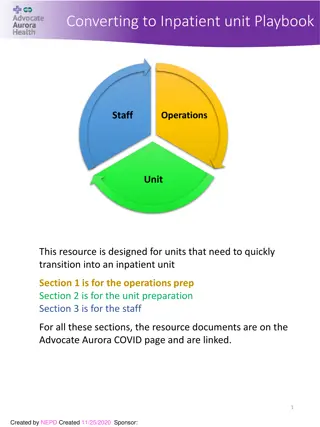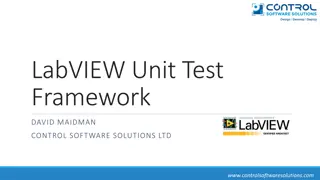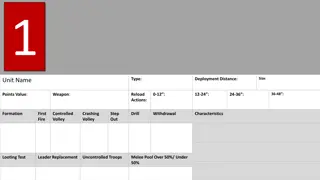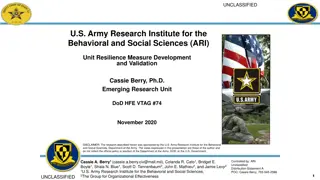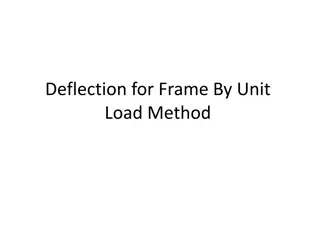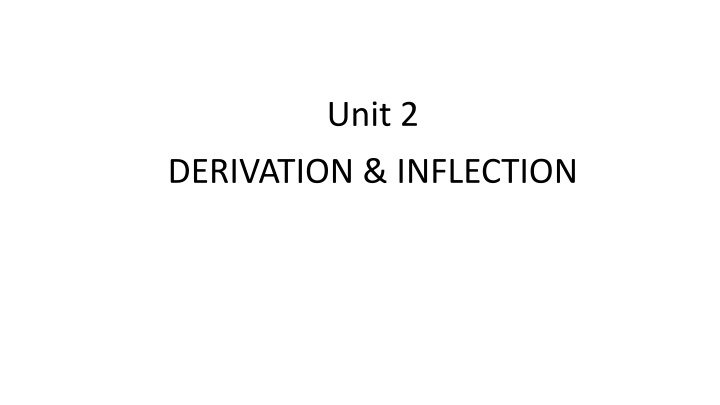
Understanding Derivation and Inflection in Linguistics
Explore the concept of derivation in linguistics, which involves forming new words by adding affixes to existing ones. Understand the types of derivational affixes, morphological rules, and examples demonstrating the derivation process.
Download Presentation

Please find below an Image/Link to download the presentation.
The content on the website is provided AS IS for your information and personal use only. It may not be sold, licensed, or shared on other websites without obtaining consent from the author. If you encounter any issues during the download, it is possible that the publisher has removed the file from their server.
You are allowed to download the files provided on this website for personal or commercial use, subject to the condition that they are used lawfully. All files are the property of their respective owners.
The content on the website is provided AS IS for your information and personal use only. It may not be sold, licensed, or shared on other websites without obtaining consent from the author.
E N D
Presentation Transcript
Unit 2 DERIVATION & INFLECTION
DERIVATION DEFINITION: Derivation is the formation of new words by adding affixes to other words or morphemes. Example: sane + -ity = sanity the noun sanity is derived from the adjective sane and the noun forming suffix ity. careful + -ly = carefully the adverb carefully is derived from the adjective careful and the adverb forming suffix ly.
Types of Derivational affixes Class-changing derivational affixes change the word class (also called the grammatical category or the part of speech) of the words to which they are attached. Thus, when a verb is conjoined with the suffix able, the result is an adjective, as in desire + able or adore + able. Some more examples:
Types of Derivational affixes Class-maintaining derivational affixes do not change the word class of the words to which they are attached. Many prefixes fall into this category: There are also suffixes of this type:
Morphological rules (1) VERB + able = able to be VERB-ed ACCEPT + able = able to be ACCEPTed The derivational class-changing adjective-forming suffix { able} has three allomorphs: 1. / bl/, which occurs at the end of English words: visible / v z bl/, desirable /d za r bl / 2. / b/, which occurs before the adverb-forming suffix { ly1}: visibly / v z bl /, desirably /d za r bl / 3. / b l/, which occurs before the noun-forming suffix { ity}: visibility /,v z b l t /, desirability /d ,za r b l t /.
Morphological rules (2) un + ADJECTIVE = not + ADJECTIVE un + TRUE = not + TRUE Among the words which have been derived from this morphological rule are: unjust, unfit, unscientific, etc. unkind, unavoidable, unshrinking, unfair, unrelieved, unskilled,
Morphological rules (3) un + VERB = do the opposite of + VERB+ ING = reverse + VERB+ ING un + LOCK = do the opposite of + LOCKING = reverse + LOCKING Among the words which have been derived from the this morphological rule are: unnerve, unlock, undo, untread, unfasten, undress, unfold, etc. untie, unzip, uncurl,
Exercise Give some examples for the following morphological rules.
RULE Meaning of the prefix/suffix not EXAMPLE 0. un + ADJECTIVE =ADJECTIVE 1. VERB + -al 2. VERB + -able 3. VERB + -ment 4. re- + VERB 5. un- + VERB 6. NOUN + -ful 7. NOUN + -ous 8. NOUN + -less 9. NOUN + -ly 10. NOUN + -y unjust, unkind, unfair
INFLECTION Definition: Inflection is the process of adding an affix to a word or changing it in some other way according to the rules of the grammar of a language . Example: English verbs are inflected for singular subject: - I work. - He works. - She works. Most nouns may be inflected for plural: - box boxes - flower flowers - man men
Various kinds of inflection Noun inflection Verb inflection Adjective & Adverb inflection
Noun inflection Almost all English nouns have two forms: the plain form (also called the unmarked form): a book or the book the inflected form (also called the marked form): books The plain form and its three inflected forms together make up a four-form inflectional noun paradigm, which is a set of relativeforms of a noun. one plain form (= the stem) mother (singular noun) three inflected forms (= the stem + inflectional suffixes) mothers (plural noun) mother s (singular-possessive noun) mothers (plural-possessive noun) Not all nouns have three inflected forms.
Verb inflection The inflections of a verb are more complicated than those of a noun: the plain form and its four inflected forms together make up a five-form inflectional verb paradigm. The paradigmof an irregular verb has four inflected forms: breaks, breaking, broke, and broken. Although the past simple and the past participle inflected forms of a regular verb are just the same, they carry quite different meanings. Therefore, it is much more convenient to assign all English verbs to a five form inflectional paradigm. one plain form (= the stem) (= the stem + inflectional suffixes) work works, working, worked, worked break breaks, breaking, broke, broken four inflected forms
Adjective & Adverb inflection Most one-syllable adjectives and adverbs & many two-syllable adjectives have a comparativeform with an er inflection & a superlativeform with an est inflection. There is a three-form inflectional paradigm (one plain form + two inflectional forms) for adjectives of 1 or 2 syllables and for monosyllabic adverbs though it does not apply to all members of either the adjective or the adverb class. one plain form (= the stem) POSITIVE short big happy pure fast hard two inflected forms (= the stem + inflectional suffixes) COMPARATIVE shorter bigger happier purer faster harder SUPERLATIVE shortest biggest happiest purest fastest hardest ADJECTIVES ADVERBS
Homework Distinguish derivation from inflection. Support your answer.

